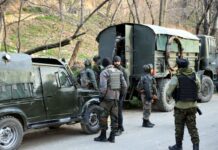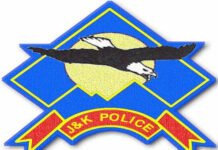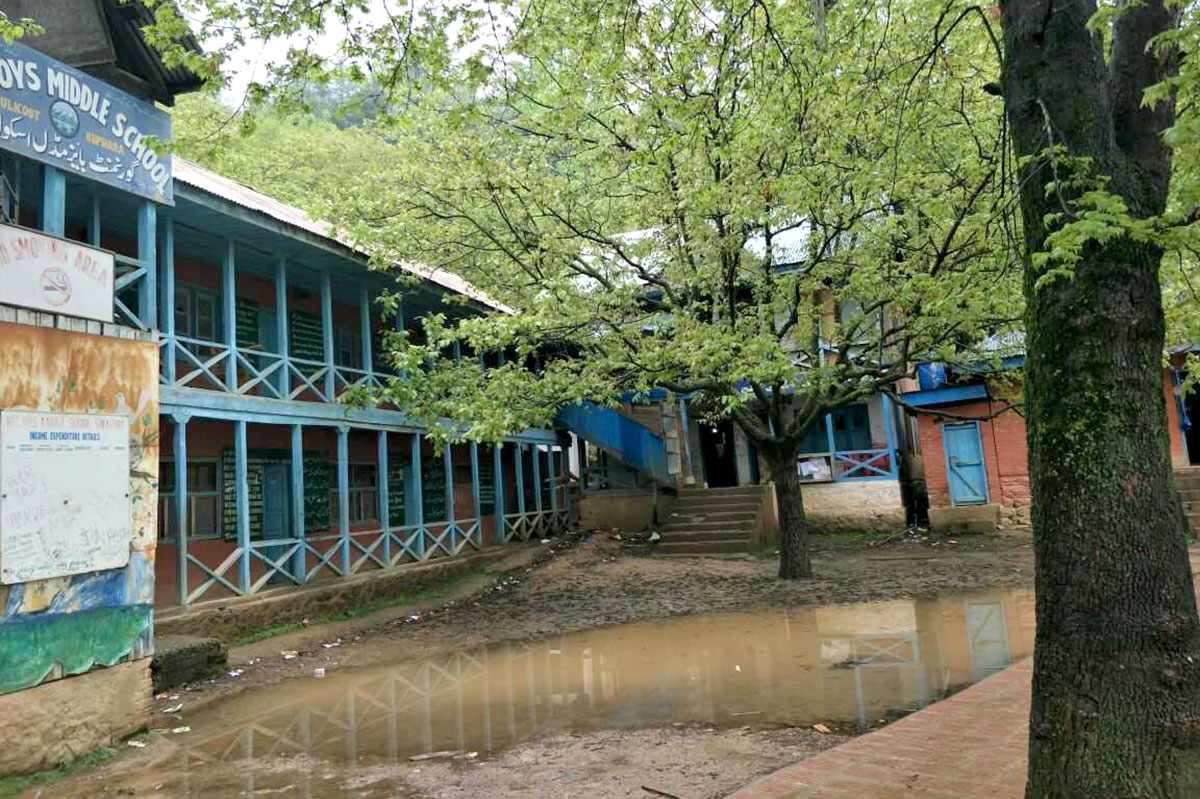Tasavur Mushtaq
Srinagar
Life in Kashmir Valley continued to be at a standstill eight days after the flood devastated the summer capital of the state following destruction of the South Kashmir districts, causing major damage to life and property.
On Sunday, most roads of Srinagar continued to remain submerged under several feet of water, and inaccessible.
The nerve centre of the city, Lal Chowk, is under chest-high water that had started flowing into the area when river Jhelum breached its embankments at several places on the interim night of September 6-7. The M A Road, Residency Road, Hari Singh High Street, Secretariat Road, and other important roads in Lal Chowk are still submerged along with the houses and commercial structures in the locality.
The hub of media organisations, Press Enclave, too is under water, making publication of newspapers impossible.
In uptown, water continues to occupy the roads and localities at bye-pass, Bemina, Qamarwari, Iqbal Park, Jawahar Nagar and the adjoining areas. The reports arriving here said the residential areas at Rajbagh, Jawahar Nagar, and adjoining areas are still under 10 to 12 feet of water. The areas, however, continue to be cut off from rest of the city. The fate of the most people who were in the areas when the devastation began is still unknown. The area like Sonwar, Indira Nagar, Shivpora share the fate.
In the Srinagar’s old city, only a limited area between Bohri Kadal, Soura, Hazratbal, and Nowhatta is accessible. All other routes including Saida Kadal, Khanyar, Nowpora, Khayam, and parts of Ali Jan road, are under the extended Dal, Nigeen, and Anchar lakes. In fact, the main road from Hawal to Hazratbal too is blocked near Kanitaar, forcing the vehicles to through interiors roads to reach the last accessible stop Naseem Bagh.
Kashmir University is acting as the highway to Hazratbal. The vehicles enter through Naseem Bagh gate of the varsity and exit the Sir Syed gate facing Nigeen.
Blocked roads and scarcity of fuel is affecting movement of the public and private vehicles in the city. Only a few buses could be seen plying on the accessible routes of the city while the private cars too are operated in case of emergency only.
“We don’t have fuel to operate the buses,” said Khazir Mohammad, a bus driver from Hawal here. “Whatever little fuel we had in our vehicles is being used to run the buses so that people can move around. But if the fresh supply of fuel doesn’t arrive soon, all transport will stop moving.”
The public is forced to walk long distances to go looking for their loved ones of whom there has been no news since the flood hit the city.
“I had to walk from Rainawari to Hawal to find a bus to come to Lal Bazar. The bus was crowded and I barely managed to find a foot hold,” said Mushtaq Ahmad who travelled to Lal Bazar to get some information about his relatives.
The shops, business establishments, markets remained closed. Only a few retail shops were seen operating in most parts of the areas that were affected directly by the floods. And in recovering areas of the worst-hit uptown, the shopkeepers are busy assembling what is left of their shops and the goods.
“Water has destroyed everything. We are struggling to even open shutters of the shops, doing normal business is out of question,” Ghulam Ali, a shopkeeper at Solina said while trying to sun-dry the goods destroyed by the flood water.
The communication channels in the Valley are virtually non-functional still. Most cell phone networks are only partly working with people having to climb the Koh-I-Maran hill in the old city to make a call.
“My son left in the morning to climb the mountain for making a call to our relatives trapped in the flood in uptown. He tried desperately to make a call from home, but to no avail,” said mother of Faizan of Malabagh.














